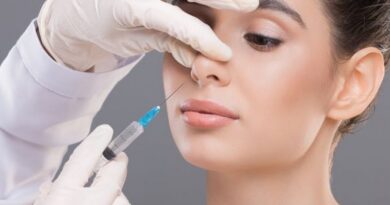Different Types Of Paints for Art Galley
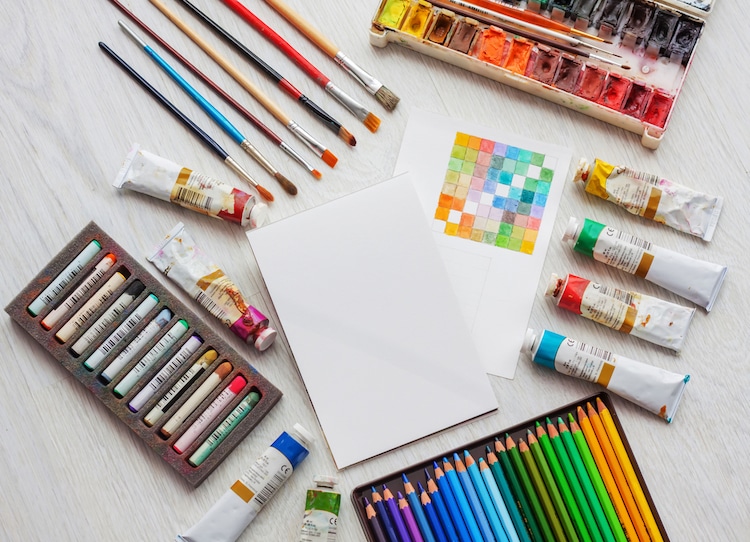
Before starting an article about different types of art paints let’s know what is Art?
Art is a method of expressing our innermost ideas, feelings, intuitions, and wishes, but it’s also a way of communicating our worldview, which is an extension of who we are for many people, though Painting is a kind of relaxing medium to express yourself.
Throughout the ages, the methods and materials used by artists to express themselves via art have changed dramatically. The variety of paints used by painters has grown as a result of technological advancements and shifting artistic preferences. The question is, how can you determine which sort of paint is best for your needs? While most of us are familiar with watercolour, oil, and acrylic paint, there are a lot more options available for artists to experiment with.
There is a paint for everyone, whether you’re starting off or moving on to the next level. In order to determine which one works best for you, you can test a few tubes of each. There are many different kinds of paint available, but how many are there all together? We’ve compiled a list of different types of paint so you don’t have to go aisle by aisle reading each tube.
Oil Paints
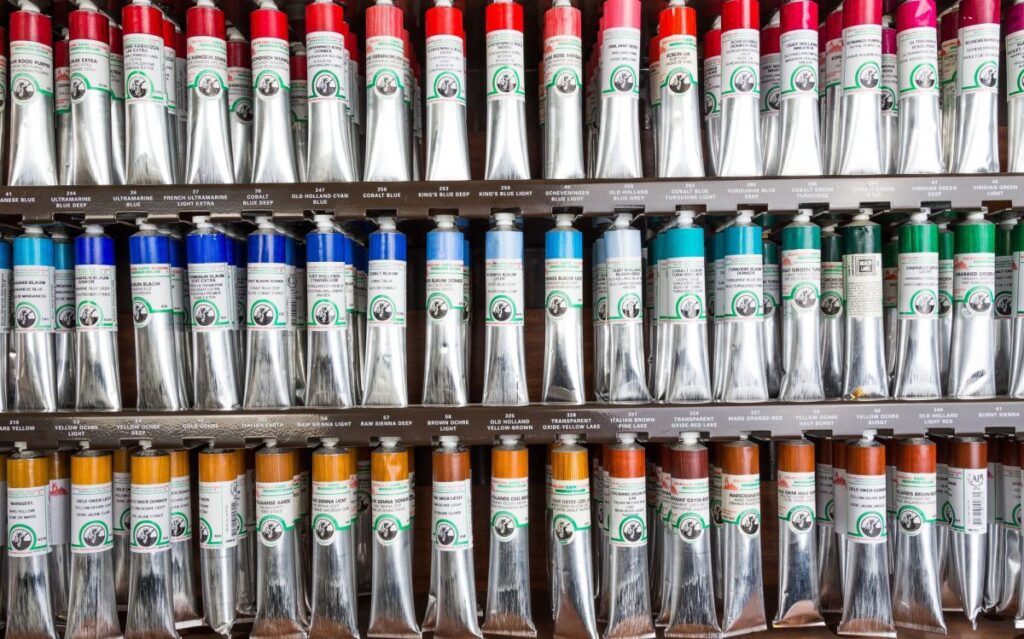
Oil-based paint is extremely long-lasting and has a glossy appearance. Brushstrokes coat the surface of the varnish, creating a smooth, glossy finish. Unlike water-based paints, oil-based paints may endure for a long time and are easy to work with. As this paint dries so slowly, the artist may work on the painting for a lengthy period of time, making adjustments as they go. Don’t overlook oil paints that may be mixed with water. Oil paint with an emulsifier is called water mixable oil paint. Unlike water-based paint, this paint is water-mixable. When water is added to this paint, it becomes more flexible and may be thinned down more easily.
From high-quality paints with a high pigment content to low-quality paints with a lot of filler, oil paints come in many varieties. To begin painting, you’ll need a variety of paints, a brush, a canvas, a medium for diluting the paint, and a palette.
Acrylic Paint
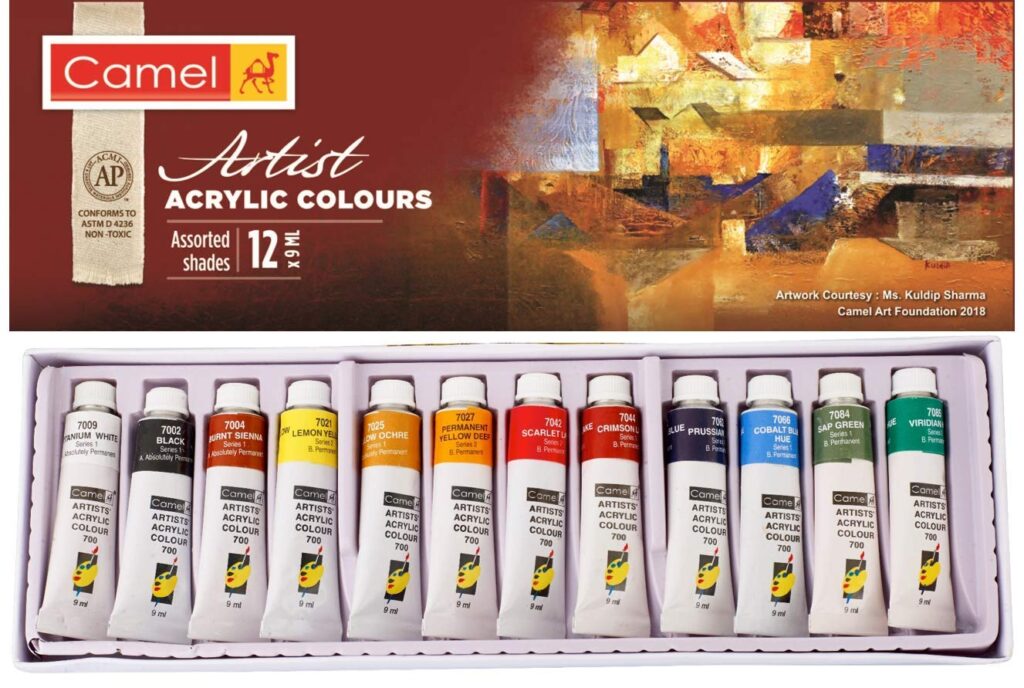
Acrylic paints are incredibly adaptable and perfect for many other artistic methods, including water media, glazing, staining, and delicate brushwork. The pigment quality, colour strength, and longevity of this smooth and light paint are all great. Painting on a firm surface, such as watercolour paper or canvas, is simple when you use acrylic paint. Fast-drying and available in a number of viscosity shapes, such as a tube or tiny ink-bottle.
These paints are cost effective and many different kinds of acrylic paints are available, from high-quality paints with a lot of pigment to low-quality paints with a lot of filler. Colors, brushes, and a canvas or paper are all that is required to get started. Tap water is all you need to dilute the paint and clean your brush.
Gouache
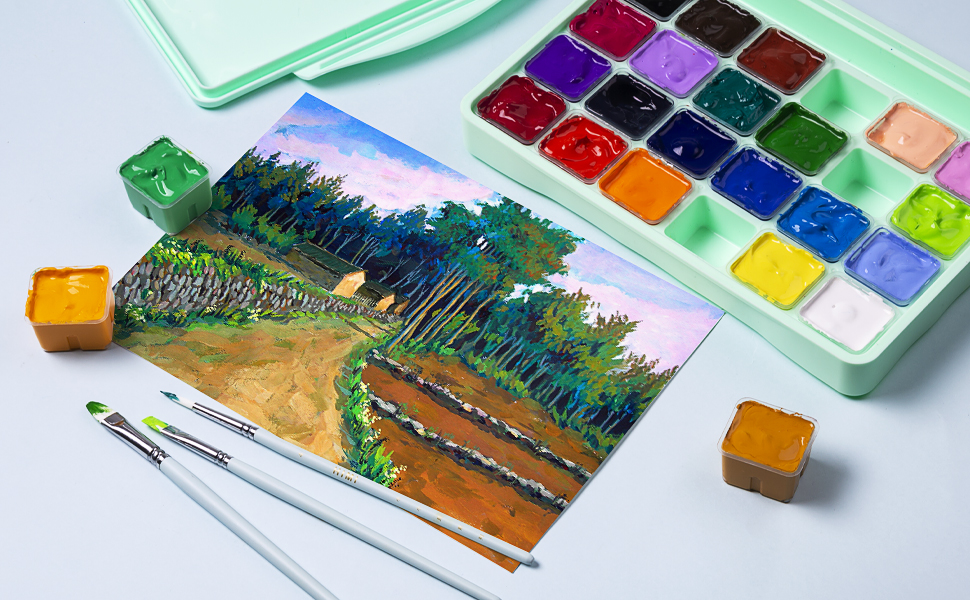
Despite the fact that gouache is similar to watercolour in that it may be rewetted, this style of paint dries matte and is heavier because of the chalk that is put into it. Since gouache is an opaque paint, it shares several qualities with acrylic. Because it’s water-soluble, it has to be varnished to protect the painting when it’s completed. When dried, acrylic gouache is water-resistant because it employs an acrylic-based binder instead of a traditional gouache binder.
Encaustic
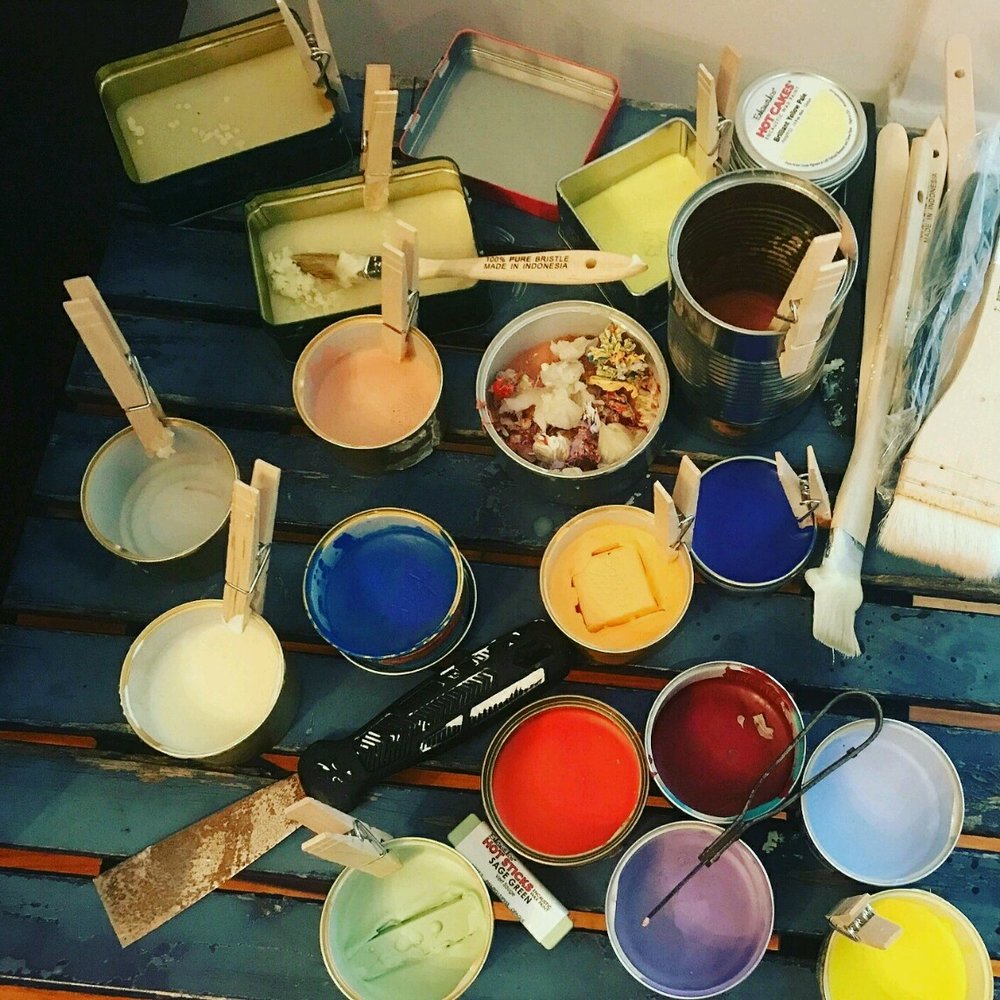
The wax-based paint known as “encaustic” has a high concentration of colour pigment. Encaustic is an excellent paint option since it contains no solvents and is impermeable to moisture. It is extremely durable and should be used on a hard surface that is absorbent. Encaustic is a heated liquid wax that artists may work with by heating it and using metal instruments.
Watercolor
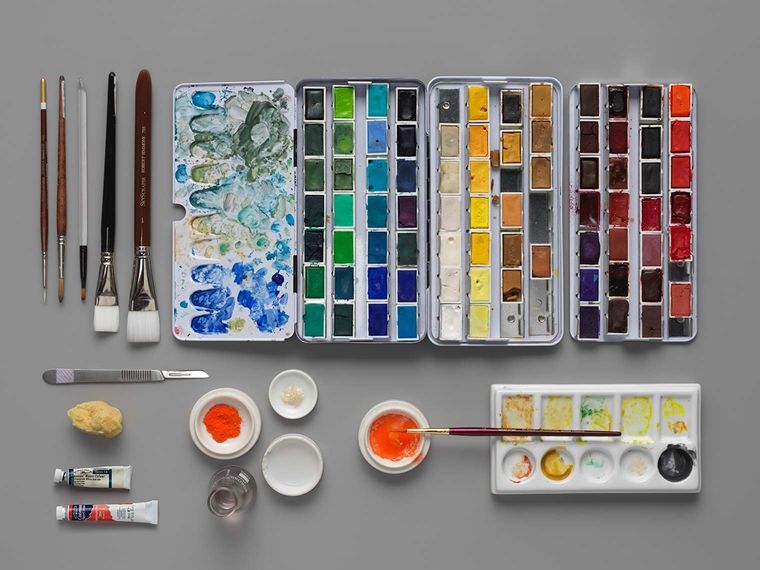
Watercolors, which are often painted on paper, are formed by dissolving pigments in a water-based solution. Watercolor paint is well-known for its ability to build up translucent layers, and it is still soluble after it has dried. This implies that even after the painting has dried, painters can still make some modifications, but it also means that final work must be properly maintained. From realistic portraits to washed-out landscapes, painters utilise a variety of watercolour methods. Watercolors may be utilised on a variety of supports besides paper, including cloth, wood, leather, and vellum.
Pastels
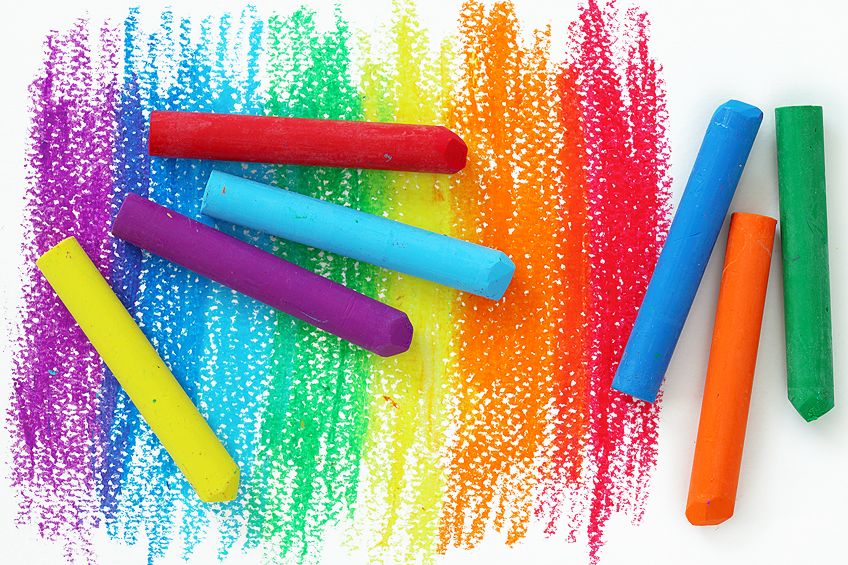
The usage of pastels dates back to the 16th century, when it was referred to as “dry painting.” Artists may take use of their stick-like shape and lack of drying time, which makes them an ideal alternative. In addition to soft pastels, oil pastels with a waxy substance are also widely used in the art world. Water-soluble pastels may be used to get a watercolour impression if you don’t mind the mess of traditional oil pastels. They should be framed beneath glass since the colour can be lifted from the surface.
Spray
Spray paint is an unusual sort of paint that should only be handled by experienced painters. It is commonly used to paint outdoor murals and, depending on how far away you hold the can, it can be thick or thin. Spray paint is available in a wide range of colours. It’s up to you whether you want a shiny or a matte finish.
Swikriti


